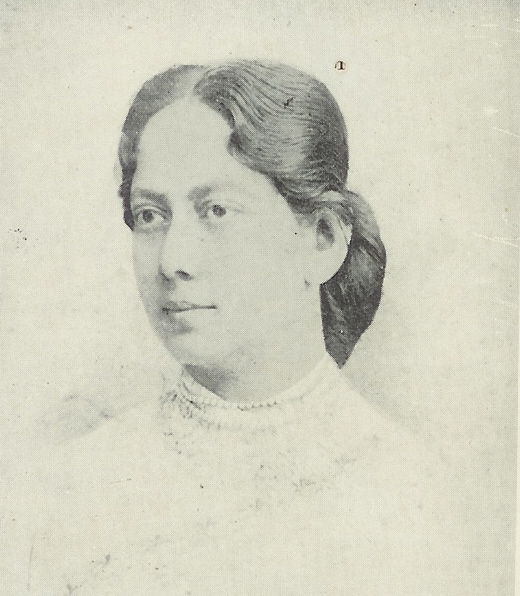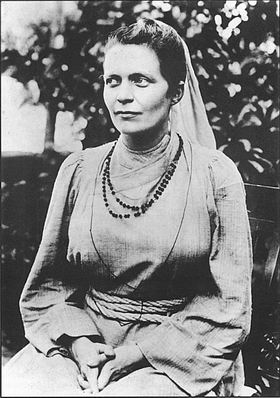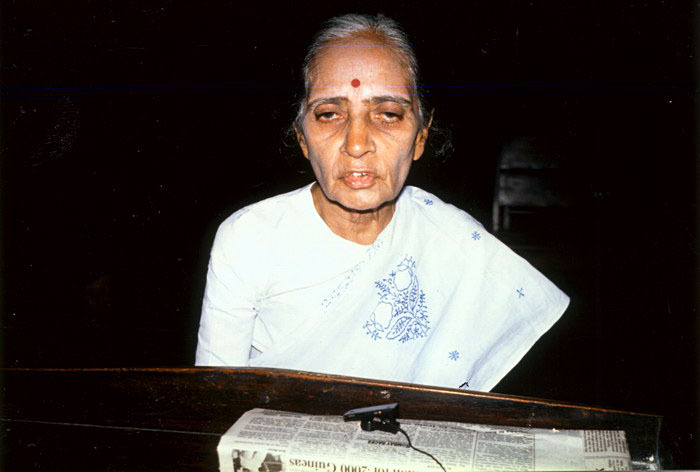6 Incredible Indian Women of the Freedom Struggle era that you probably don’t know about
During the Indian freedom movement, these six amazing women broke the stereotypes and achieved what was no less than a miracle at that time. How many have you heard of?

During the Indian freedom movement, these six amazing women broke the stereotypes and achieved what was no less than a miracle at that time. How many of them have you heard of?
The role of women in the Indian freedom struggle is of paramount importance, with examples such as Jhansi ki Rani, Kasturba Gandhi, Sarojini Naidu, to name a few. The Sati Act of 1829 and the Widow Remarriage Act of 1856, coincided with the rise of English education in India. This led to women emancipation in the fields of education and social work. The only setback was that British education created an urban elite that was alienated from its own people. But the creation of this intelligentsia was in a sense a positive achievement, since it was this group which provided the administrators, the professionals, the political leaders and the social reformers who initiated the process of modernization in India. Here are 6 Indian women who went unnoticed in the midst of the freedom movement:
1. Chandramukhi Basu and Kadambini Ganguly – These two Bengali girls took advantage of the intelligentsia movement and passed the B.A examination in 1882.
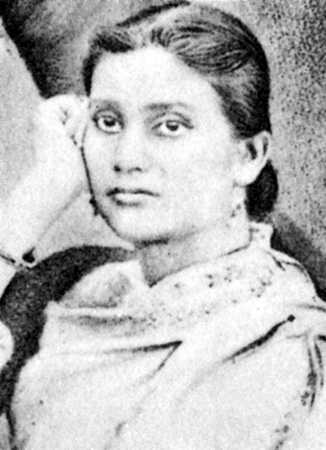
Photo: Ragib/Wikipedia
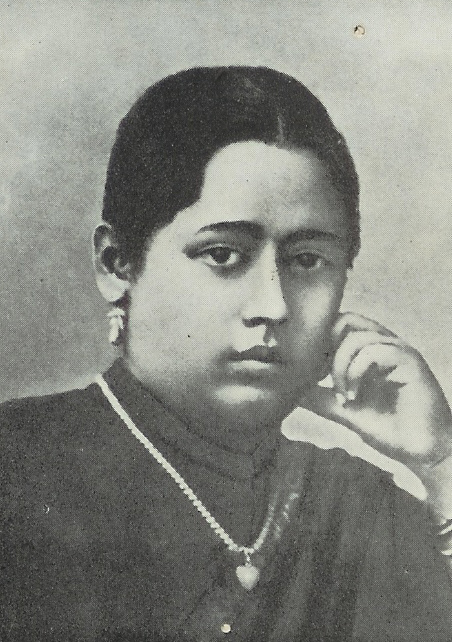
Photo: P.K.Niyogi/Wikipedia
They became the first women to do so in India. Two years later, Chandramukhi passed the M.A exam, again the first woman to do so in India. Basu then started her career as a lecturer in Bethune College, before going on to be its principal. She was the first female principal of an undergraduate academic establishment in South Asia.
2. Swarnakumari Devi (1855-1932) – She was the first woman to write a novel in the Bengali language. She did so at the age of 21 in 1876.
Pic from Bethune School and College Centenary Volume 1949
She founded the Sakhi Samiti (Society of Friends) in 1896. Devi’s other novels include Kahake (1898), Bichitra (1920) and Milanrati (1925).
3. Ramabai Ranade (1862-1924) – She was the first Indian woman to address a public meeting in English in 1883.
Photo: wikipedia
She also established the Hindu Ladies Social and Bombay Literary Club. Ranade was the president of the first All India Women Conference and was instrumental in establishing Seva Sadan in 1915. Seva Sadan continues to this day, with its objective of educating girls.
4. Sister Nivedita (born Margaret Elizabeth Noble) – Though she was born of Irish descent, she met Swami Vivekananda in 1895 and came to India in 1898.
Photo: wikipedia
Her book ‘Kali, the Mother’ inspired Abanindranath Tagore, who painted Bharat Mata. When plague broke out in Calcutta in 1899, it was Sister Nivedita who helped with the treatment of patients, and even encouraged Jagadish Chandra Bose to pursue scientific research. Her epitaph reads, “Here reposes Sister Nivedita who gave her all to India”.
5. Usha Mehta (1920-2000) – She operated a secret radio transmitter when the Government tried to suppress news about the Quit India movement.
Photo: www.junglekey.in
She was arrested by the Criminal Investigation Department, and was offered incentives to study abroad during her time in jail, but refused to budge and did not give out any secrets. Mehta was conferred the Padma Vibhushan in 1998.
Like this story? Or have something to share? Write to us: [email protected], or connect with us on Facebook and Twitter (@thebetterindia).
If you found our stories insightful, informative, or even just enjoyable, we invite you to consider making a voluntary payment to support the work we do at The Better India. Your contribution helps us continue producing quality content that educates, inspires, and drives positive change.
Choose one of the payment options below for your contribution-
By paying for the stories you value, you directly contribute to sustaining our efforts focused on making a difference in the world. Together, let's ensure that impactful stories continue to be told and shared, enriching lives and communities alike.
Thank you for your support. Here are some frequently asked questions you might find helpful to know why you are contributing?


This story made me
-
97
-
121
-
89
-
167



